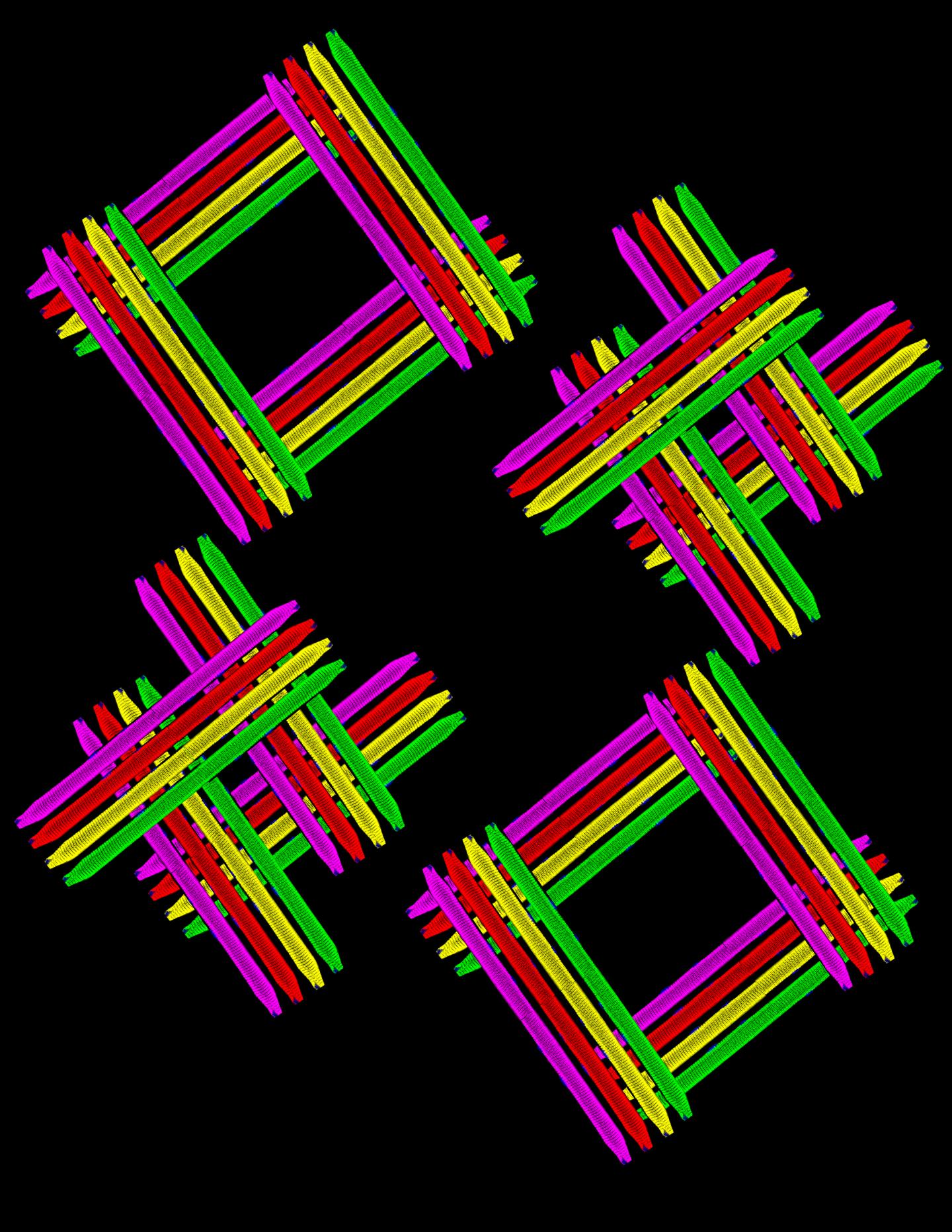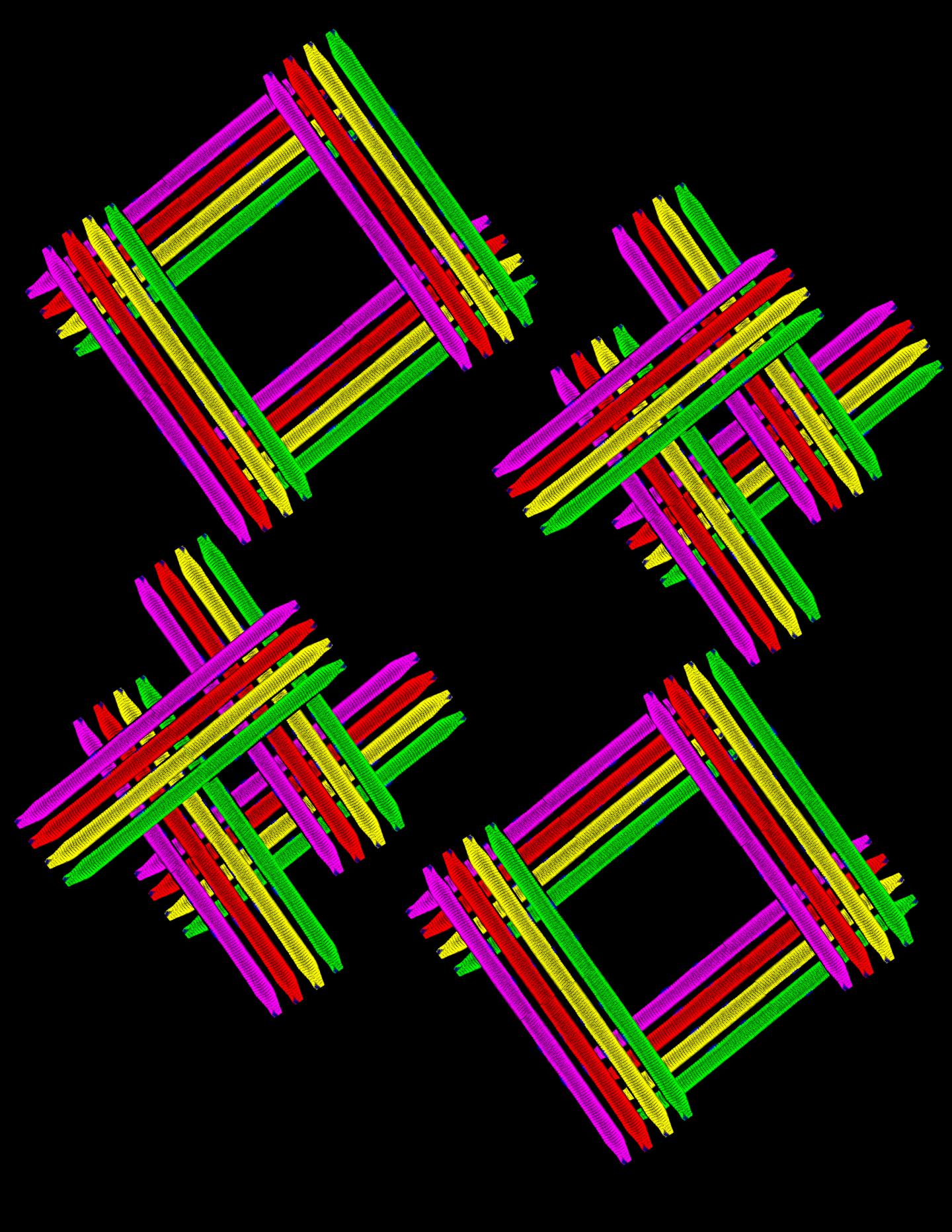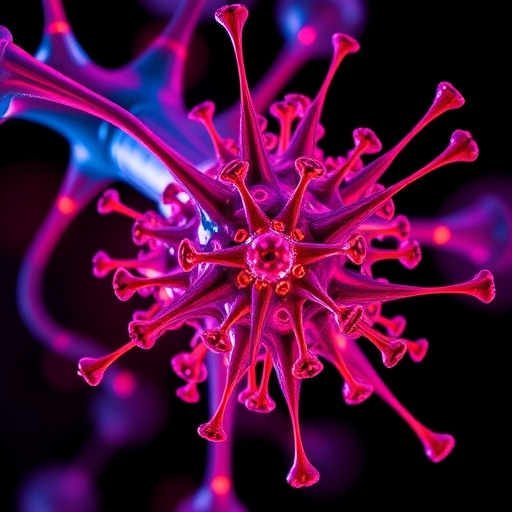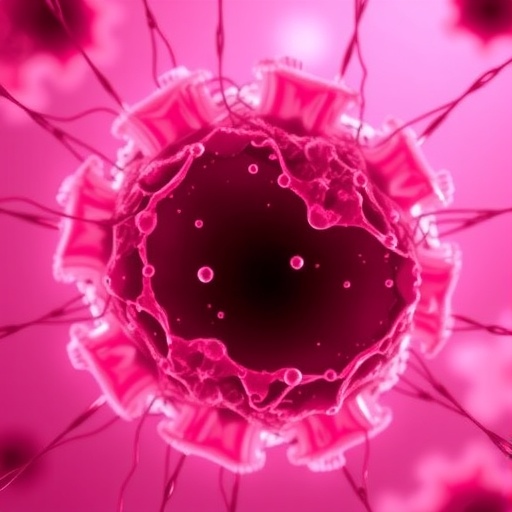
Credit: Giudice Lab, UNC School of Medicine
CHAPEL HILL, NC – Muscular dystrophies, congenital heart muscle defects, and other muscle disorders often arise for reasons that scientists don't fully understand. Now researchers from the UNC School of Medicine and Baylor College of Medicine have discovered an important process in muscle cells whose disruption could turn out to be a cause of many of these disorders.
The scientists found that, in mice, four key muscle-cell proteins are produced in a shorter, fetal form up to the first few weeks of life, after which production shifts to longer, adult forms of the proteins. This transition must occur in order for the adult muscle to function normally. Forcing adult muscle cells to produce the shorter, fetal forms leads to major structural problems in the cells and muscle weakness.
"This is the first demonstration that this transition occurs for these proteins in muscle cells and is important for normal muscle function – and it sheds light on the overall functions of these four proteins, about which very little is known," said study co-senior author Jimena Giudice, PhD, a new assistant professor in the department of cell biology and physiology at the UNC School of Medicine.
Thomas Cooper, MD, professor of pathology and immunology at Baylor College of Medicine and study co-senior author, said, "If we are to truly understand the full scope of functions of individual genes, we will need to determine the functions of the different protein isoforms that are generated from each gene. This is particularly important because of the impact that different protein isoforms can have on human health."
Spotlight on alternative splicing
The findings, published in Cell Reports, highlight the biological process known as "alternative splicing," by which a single gene may give rise to multiple forms of a protein.
Normally, when a gene is first transcribed into a strand of RNA, nearby molecular machines grab the raw RNA transcript and slice it into several pieces, which are then spliced back together in alternative ways. Each strand of genetic information then codes for a distinct form (isoform) to create the resulting protein.
Alternative splicing occurs for the vast majority – 90 to 95 percent – of human genes, belying the popular notion that one gene codes for just one protein. The process also occurs for a high percentage of genes in many other animals and even in many plants. Alternative splicing is considered a fundamental amplifier of functional diversity, without which organisms on our planet would be far less complex.
What splice isoform of a protein is produced – or how much of it is produced relative to other isoforms – depends typically on the cell type or the stage of life. For example: fetal versus adult stage. For many genes, this switch in production from one splice isoform to another occurs without any change in the gene's overall transcript-making activity, and thus may not be detected by standard laboratory techniques. Scientists suspect that undiscovered defects in alternative splicing underlie many diseases whose causes have never been identified.
The importance of alternative splicing in muscle cells
Two years ago, in search of such defects, Giudice found that in mouse heart muscle cells, a switch from fetal splice isoforms to adult splice isoforms in the first weeks of life occurs very prominently for some proteins that help maintain healthy cell membranes and for other proteins that help "traffic" molecules to their proper places within these complex cells. She also found that forcing the heart muscle cells of adult mice to return to producing fetal isoforms of these proteins, not the adult isoforms, leads to significant abnormalities in the cells. This work was part of Giudice's postdoctoral training in Cooper's lab at Baylor.
In the new study, Giudice and colleagues discovered that four of these proteins important for membrane dynamics and molecular trafficking also undergo a splicing transition in the first weeks of life in cells that make up skeletal muscles – the muscles of arms and legs, for example. To investigate the importance of this transition, the scientists this time used a more tightly targeted technique to force (in the foot muscles of adult mice) the production of the fetal-stage isoforms, which are shorter than their adult counterparts.
The scientists found that once these adult muscle cells reverted to producing the shorter, fetal isoforms of the proteins, the muscles became much weaker. The muscle cells themselves also had major disruptions to their internal structures.
"Certain molecules that are very important for muscle contraction and the generation of force were no longer where they should be within those muscle cells, for example," said Giudice, who is also a member of the McAllister Heart Institute and part of the Curriculum in Genetics & Molecular Biology at UNC.
Cooper added, "This work is the first to show in muscle cell tissue that the different protein isoforms expressed from one and likely more of these four genes has a specific role in the remodeling of skeletal muscle from fetal to adult function."
Previous studies linked some skeletal muscle and heart muscle disorders to mutations of trafficking and membrane dynamics genes. This work suggested that the corresponding proteins are generally very important for muscle health. The new findings hint that such proteins may contribute to muscle disorders not just by being absent or grossly altered by gene defects, but also by the relatively subtle failure to switch to the proper protein isoform in cellular adulthood.
Giudice and her colleagues are now trying to uncover the details of the muscle-cell signaling pathways that are disrupted when fetal forms of these proteins are produced in adults. They hope that understanding how those disrupted pathways lead to muscle defects will shed light on the causes of a variety of human muscle disorders.
###
Giudice completed the study as a faculty member at UNC but began it while working as a postdoctoral researcher in the laboratory of Thomas A. Cooper, MD, professor of pathology and immunology at Baylor College of Medicine. Cooper was co-senior author for the study. The other co-authors were Baylor graduate student James A. Loehr and Baylor associate professor George G. Rodney, PhD.
The National Institutes of Health, the American Heart Association, and the U.S. Public Health Service funded this research.
Media Contact
Mark Derewicz
[email protected]
984-974-1915
@UNC_Health_Care





